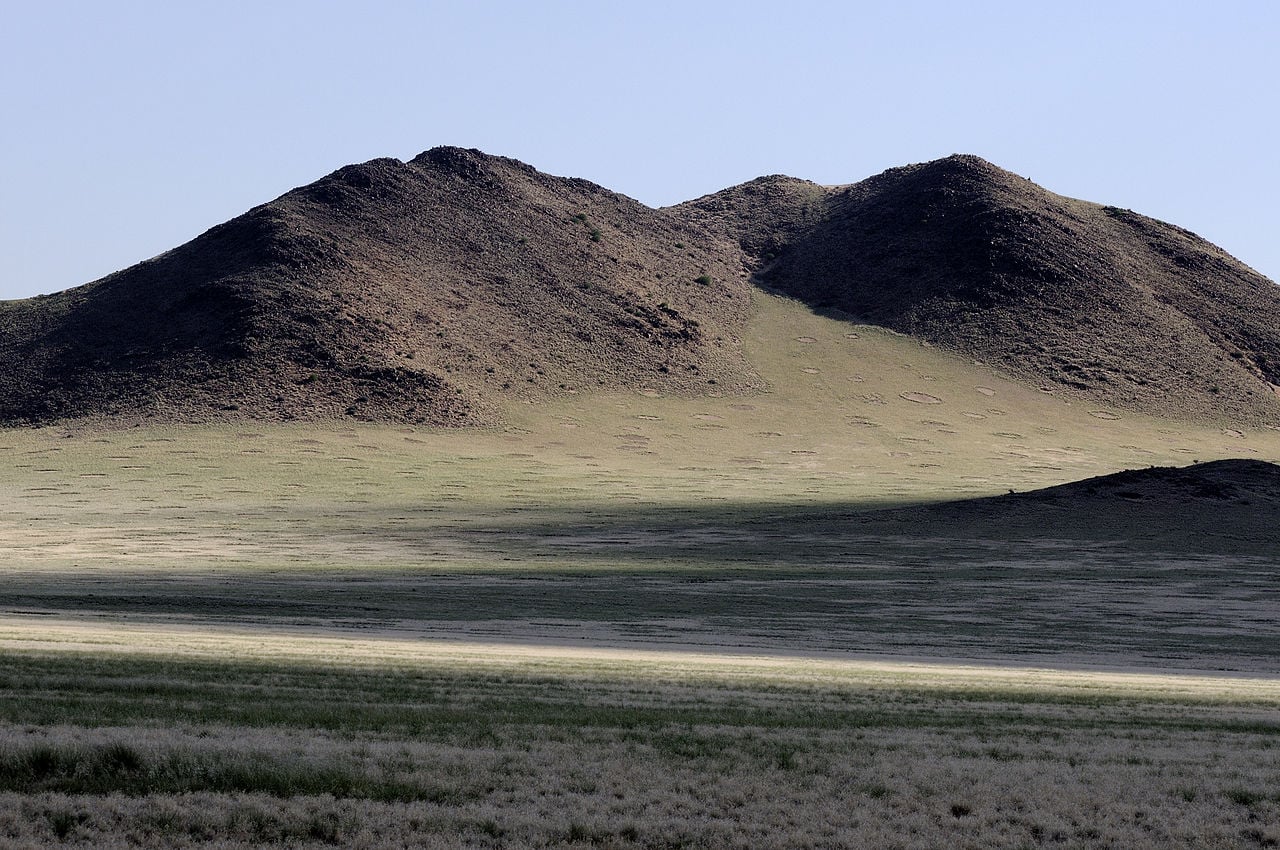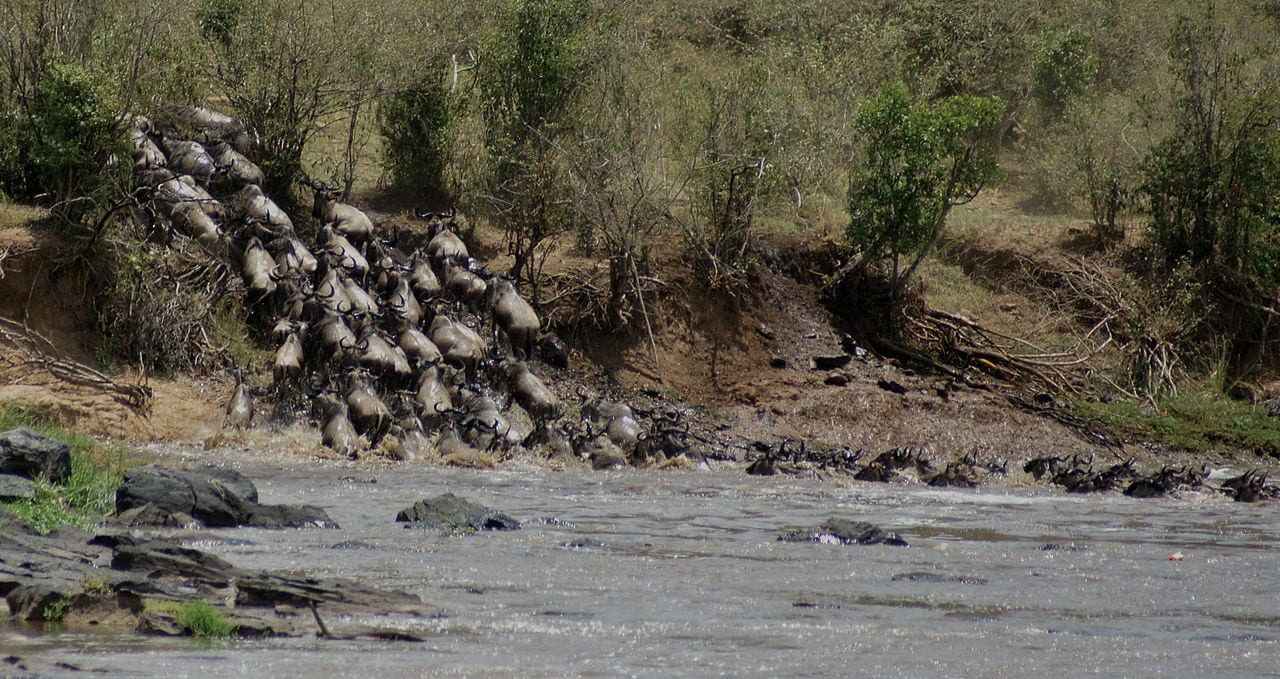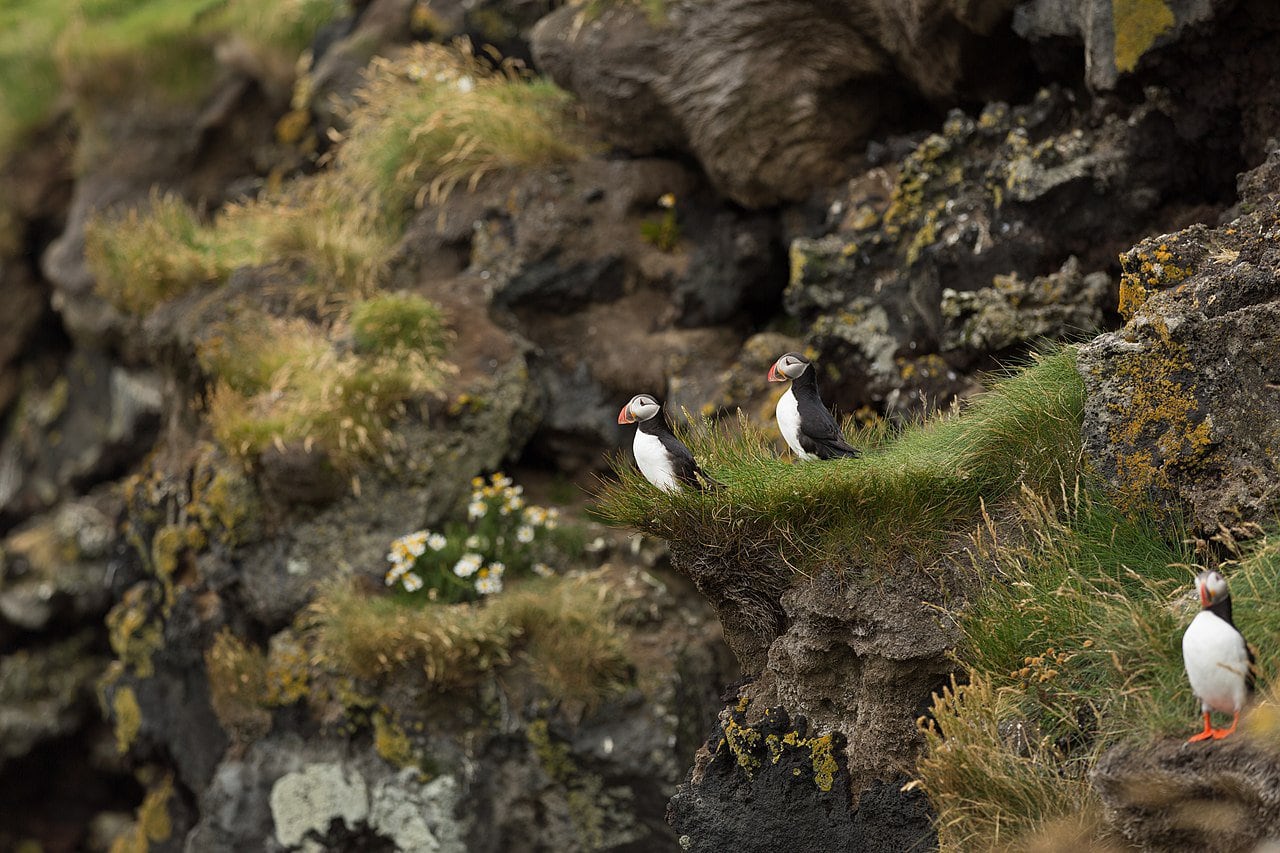Holiday destinations can be anywhere, and since we can go anywhere, why not go somewhere to experience something new (and unwind at the same time)?
Experience doesn’t have to be all cultural—it can also be witnessing unique, natural phenomena that you haven’t seen with your own eyes. Here are some places around the world with astonishing sights to amaze yourself.

Namaqualand superbloom, South Africa
Did you know that the Succulent Karoo Biome in South Africa and Namibia has a rich biodiversity? Forty percent of its 6,400 plant species are exclusive in the biome only.
To see the biome at its peak, keep yourself updated with South Africa’s Namaqua National Park which hosts an annual coastal superbloom. The wildflowers there, like Brilliant Namaqualand daisies bloom during August and September. The superbloom has earned a reputation as one of the world’s most spectacular natural flower shows.
Those of you who want to stay around the biome, you can stay in luxury tents. Among many accommodation vendors, choose the one that guarantees the best views.
Miracle Sea Road, South Korea
Looking at real proof of how moon affects Earth is achievable in South Korea, where super low tides make a 1.7-mile path ‘ascends’ from the ocean floor, between the islands of Jindo and Modo.
When that phenomenon happens, two to three times a year from March to June, half a million people would show up for a festival surrounding the event, and they’d drink a little bit of the red liquor called hongju. Usually, the festival is held in April, so you may want to visit South Korea in that month.

Overwintering monarch butterflies, Mexico
Now, this destination isn’t for the ones who dislike looking at insects from up-close or observing idle swarms of any insect (me). Although, when the butterflies here aren’t idle, it’s awe-inspiring.
Every autumn, monarch butterflies migrate from the United States and Canada to Mexico’s high-altitude oyamel fir forests.
UNESCO has designated an area just for the butterflies, called Monarch Butterfly Biosphere Reserve, where the insects can spend their time forming clusters of butterflies on the trees’ branches from November to March.
When it’s warm enough for them, they fly out to find water to drink. It’s really amazing to see thousands of monarch butterflies in the air, and if you’re in the middle of the swarm, it’s going to feel like you have a mystic power that moves butterflies at your will.

Crab Migration, Christmas Island
Similar to the phenomenon above, this one isn’t also for those with fear of crabs or any small animals that move together in a huge number (also me). Nonetheless, it’s a spectacular view for people who don’t mind the two things I mentioned.
Each wet season in Christmas Island drives millions of red crabs to come out from the forests to breed on the beaches, so the whole island will have a wave of side-walking red arthropods.
Usually, the migration begins with the first rains in late fall or early winter. But to be precise, do check Christmas Island’s tourism website as they tell you possible spawning dates in advance.

Fairy Circles, Namibia
In the Namib Desert, you can see hundreds of circular patches of empty gaps that look like a polka dot pattern from aerial view, each between 2m and 15m in diameter.
It’s still unknown as to what caused them. These empty patches of land have no plants and central insect-nest structures, so scientists have been scratching their heads while also coming up with a few theories.
Some suggested that plants release toxins periodically, so they kill other vegetation in circular patterns. Others believe the circles are the work of sand termites, which burrow in the soil in ring patterns, consuming the roots of vegetation to store water. There’s also a theory that the circles are the result of resource competition, and vegetation self-organizes into those patterns.
Nevertheless, seeing the circles with your own eyes makes you appreciate nature even more.

Migrating wildebeests, Kenya
At some point, we all must’ve seen videos or footage of of wildebeests crossing a rushing river, and sometimes one or two of them are lost to crocodile attacks, so we sit on the edge of our chairs, rooting for the others, especially the young ones, to cross it safely.
When you have the chance, you can see those migrating wildebeests yourself along Kenya’s Mara River, and, well, be thrilled or apprehensive about the whole fatal river crossing spectacle.
Now, this migration happens in the Serengeti; while tourism does benefit the lcoal communities and supports conservation, it’s important to observe this event without interfering at all. For that reason, it’s also equally crucial to have well-trained, ecologically conscious tour guides.
If you want to see wildebeests crossing the Mara, you can go to Serengeti in June and September.
Rainbow River, Colombia
From June through December, the Caño Cristales river in Colombia’s Sierra de la Macarena National Park go through a transformation caused by an aquatic plant called Macarenia clavigera.
The plant blooms beneath the rushing waters, creating beautiful pink or reddish water alongside the yellow sand, green algae-covered rocks and blue water.
Some suggest going to this place in October, because the color is at its most brilliant. Also make sure to book your tour in advance; only a few hundred visitors are allowed each day to keep the river pristine.

Puffling rescue, Iceland
In Vestmannaeyjar (the Westman Islands), Atlantic puffin makes 40% of Iceland’s population. The cliffside burrows they reside in are not that far from human population and artificial light. So, when it comes to the juvenile puffins taking their first night flights in late August and early September, some go to the town instead of the Atlantic.
Therefore, puffin lovers of all ages patrol the streets with cardboard boxes to rescue the stranded little ones and release them oceanward the next morning. When they find injured or underweight pufflings, they’ll go to local rehabilitators at the Sea Life Trust Beluga Whale Sanctuary.
Although it’s not exactly a natural phenomenon and more to rescuing, it’s done alongside the locals, and you get to see pufflings swimming in the Atlantic for the first time. Besides, this rescue has become a tradition in Iceland for six decades, so you’ll get to experience another culture meanwhile.
Annual Capelin Roll, Canada
Every year, around mid-June or July, capelin fish spawn in the shallows of Newfoundland and Labrador beaches, creating a sparkly, silvery, glittery view. This event is called the “capelin roll,” and people of all ages, tourists or locals, will always look forward to this occurrence.
You can either scoop the fish with your own hands or with a fishing net. And right after, everybody who takes part in the fish scooping will set up a little camp nearby to fry, smoke, salt and dry, and pickle the fish. It’s a communal activity to have fun and fill your stomach.
And if you’re lucky, you’ll also find humpback whales that also love capelin like us.
Blood Falls, Antarctica
I’m sure that if we don’t know science today, we’ll see this phenomenon from a superstitious point of view. It’s understandable why, though. As it really looks like the glacier is bleeding—which if we don’t have the scientific explanation for it yet, we’ll just say that the glacier is the embodiment of some tragic god/goddess.
It’s pretty logical to assume the reddish liquid is water dyed by red algae, as early Antarctica pioneers used to think that way. However, the color comes from an extremely salty sub-glacial lake.
Millions of years ago, a hyper-saline body of water became trapped beneath Taylor Glacier, isolated from light, oxygen and heat. When saltwater seeps through, it reacts with the oxygen in the air, creating a blood-colored falls.
Since this phenomenon is in Antarctica, travelling here would cost quite a lot, though. But, it’s worth including it in your bucket list.
Sources
https://www.bbc.com/travel/article/20160725-where-nature-plays-magic-tricks
https://www.smithsonianmag.com/travel/nine-rare-natural-phenomena-worth-traveling-for-180974207/



Leave a Reply